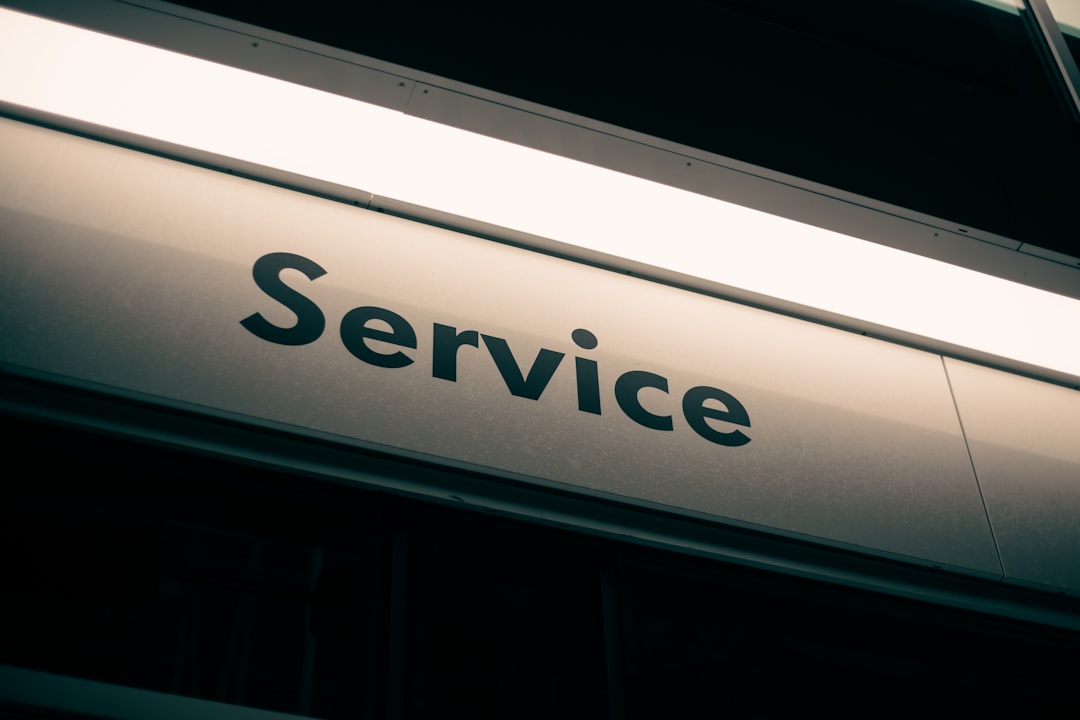A Simple Plan For InvestigatingA Simple Plan For Investigating

The Bay Area, a hub of innovation and creativity, is also home to some of the world’s most talented magicians. From the streets of San Francisco to the theaters of Oakland, the magic of the Bay Area is a phenomenon that has captivated audiences for decades. In this article, we’ll delve into the world of magic in the Bay Area, exploring the history, techniques, and secrets of the world’s most talented magicians.
A Brief History of Magic in the Bay Area
Magic has a long and storied history in the Bay Area, dating back to the early 20th century. During the 1920s and 1930s, the area was home to a thriving community of magicians, including the legendary Dai Vernon, who is often referred to as the “Professor” of magic. Vernon, a Canadian-born magician, was known for his incredible sleight of hand and card tricks, and his influence can still be seen in the work of many Bay Area magicians today.
The 1960s and 1970s saw a resurgence in the popularity of magic in the Bay Area, with the rise of close-up magic and the development of new techniques and tricks. This period also saw the emergence of some of the Bay Area’s most famous magicians, including the legendary Ricky Jay, who was known for his incredible card tricks and his ability to perform magic with everyday objects.
The Modern Era of Magic in the Bay Area
Today, the Bay Area is home to a thriving community of magicians, with a wide range of styles and specialties. From the traditional close-up magic of the 1960s and 1970s to the modern, high-tech magic of the 21st century, the Bay Area has something for everyone.
One of the most popular forms of magic in the Bay Area is stage magic, which involves large-scale illusions and spectacles. This type of magic is often performed in theaters and auditoriums, and can involve elaborate sets, costumes, and special effects. Some of the most famous stage magicians in the Bay Area include the likes of Penn and Teller, who have been performing their unique blend of magic and comedy for decades.
Another popular form of magic in the Bay Area is mentalism, which involves using psychology and suggestion to create the illusion of mind-reading and other supernatural abilities. Mentalists often perform in intimate settings, such as private parties and corporate events, and use their skills to create a sense of wonder and amazement in their audiences.
The Techniques of Bay Area Magicians
So, what makes the magic of the Bay Area so special? One of the key factors is the incredible skill and technique of the area’s magicians. Many Bay Area magicians have spent years honing their craft, studying the work of other magicians and developing their own unique styles and techniques.
One of the most important skills for a magician is sleight of hand, which involves using quick and precise movements to manipulate objects such as cards, coins, and other small items. Bay Area magicians are known for their incredible sleight of hand skills, which allow them to perform complex tricks and illusions with ease.
Another important skill for a magician is misdirection, which involves using distractions and other techniques to draw the audience’s attention away from the method behind the trick. Bay Area magicians are masters of misdirection, using their skills to create a sense of wonder and amazement in their audiences.
The Secrets of Bay Area Magicians
So, what secrets do Bay Area magicians use to create their incredible illusions? One of the most important secrets is the use of misdirection, which involves using distractions and other techniques to draw the audience’s attention away from the method behind the trick. Bay Area magicians are masters of misdirection, using their skills to create a sense of wonder and amazement in their audiences.
Another important secret is the use of props and other objects to create the illusion of magic. Bay Area magicians often use everyday objects, such as cards, coins, and other small items, to create their illusions. They may also use more elaborate props, such as magic wands and top hats, to add to the sense of wonder and amazement.
The Future of Magic in the Bay Area
As the world of magic continues to evolve, the Bay Area is likely to remain a hub of innovation and creativity. With its rich history and thriving community of magicians, the Bay Area is the perfect place for magicians to hone their craft and push the boundaries of what is possible.
In conclusion, the magic of the Bay Area is a phenomenon that has captivated audiences for decades. From the traditional close-up magic of the 1960s and 1970s to the modern, high-tech magic of the 21st century, the Bay Area has something for everyone. Whether you’re a seasoned magician or just a fan of magic, the Bay Area is a place where you can experience the thrill and wonder of live magic.
 The Art of Pipe Yard Construction: A Comprehensive Guide
The Art of Pipe Yard Construction: A Comprehensive Guide “Portland’s Secret to Flawless Skin: The Power of Waterproof Foundation”
“Portland’s Secret to Flawless Skin: The Power of Waterproof Foundation”
